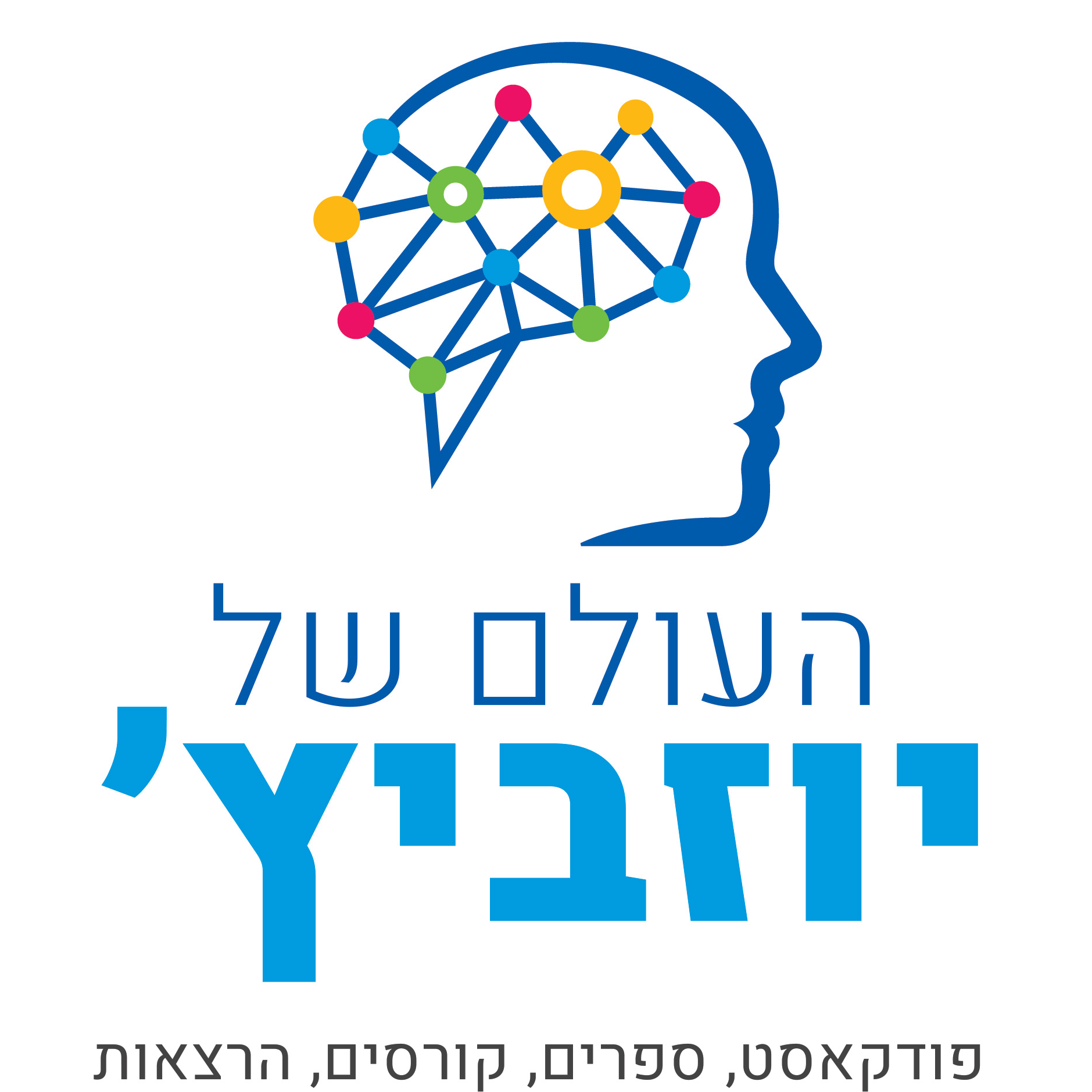We Need More People - not Less. Marian Tupy, co-author of Superabundance
0:00 Intro
2:23 Drawn to Negativity
4:28 Paul Ehrlich & Indian population boom
9:03 Mammalian Innovation vs Dutch Dikes
17:15 Simon-Ehrlich Wager
26:30 Real vs Nominal vs Time Price
31:09 Changing housing prices (& commodities)
39:30 Growth argument in closed societies
46:17 Does population IQ matter?
55:31 Education & Economic Development
59:26 Future growth in non-western societies
1:03:27 High Israeli birth rates & Education
Marian L. Tupy is the editor of HumanProgress.org, a senior fellow at the Center for Global Liberty and Prosperity, and coauthor of The Simon Abundance Index. He specializes in globalization and global well‐being and politics and economics of Europe and Southern Africa.
Tupy is the coauthor of Superabundance: The Story of Population Growth, Innovation, and Human Flourishing on an Infinitely Bountiful Planet (2022) and Ten Global Trends Every Smart Person Should Know: And Many Others You Will Find Interesting (2020).
Generations of people have been taught that population growth makes resources scarcer. In 2021, for example, one widely publicized report argued, “The world's rapidly growing population is consuming the planet's natural resources at an alarming rate . . . the world currently needs 1.6 Earths to satisfy the demand for natural resources . . . [a figure that] could rise to 2 planets by 2030.” But is that true?
After analyzing the prices of hundreds of commodities, goods, and services spanning two centuries, Marian Tupy and Gale Pooley found that resources became moreabundant as the population grew. That was especially true when they looked at “time prices,” which represent the length of time that people must work to buy something.
To their surprise, the authors also found that resource abundance increased faster than the population―a relationship that they call “superabundance.” On average, every additional human being created more value than he or she consumed. This relationship between population growth and abundance is deeply counterintuitive, yet it is true.
Why? More people produce more ideas, which lead to more inventions. People then test those inventions in the marketplace to separate the useful from the useless. At the end of that process of discovery, people are left with innovations that overcome shortages, spur economic growth, and raise standards of living.

